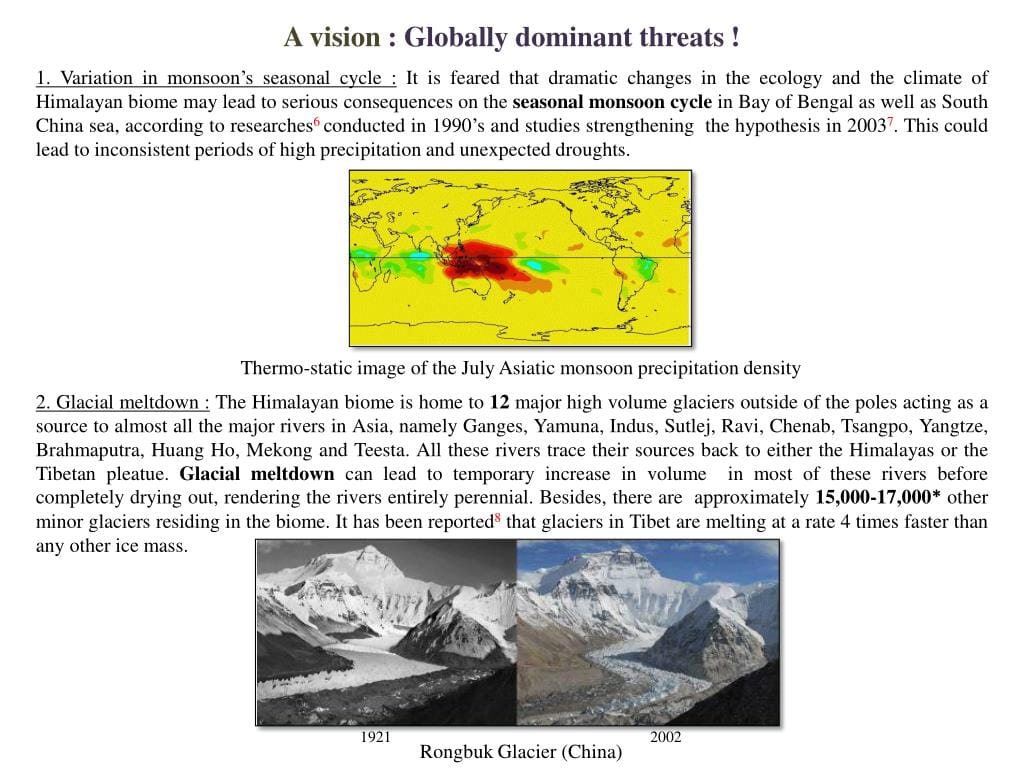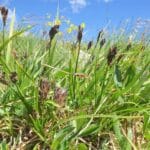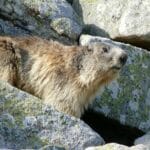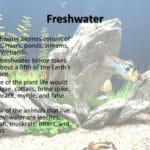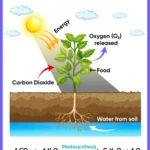Nestled atop majestic mountains, alpine ecosystems are home to a diverse array of plants and animals uniquely adapted to survive in these harsh, yet breathtaking landscapes. However, these “islands in the sky” are facing a perfect storm of threats, driven by human activity and accelerated climate change. This article delves into the most pressing dangers facing alpine biomes and underscores why their protection is critically important.
Squeezed From All Sides: Habitat Loss and Fragmentation
One of the most significant threats to alpine areas is the ever-expanding footprint of human activities. As cities sprawl, roads bisect landscapes, and agriculture intensifies, we encroach upon the already-limited space vital for alpine plants and animals to thrive. This encroachment fragments their habitat – like shattering a mirror into countless pieces. While some fragments may remain, the intricate connections and essential resources required for species survival are disrupted.
The World Wildlife Fund (WWF) states, “Habitat loss and fragmentation are the major threats to Alpine biodiversity. Spreading settlements, unsustainable farming, road networks, and river dams are the main culprits.” This fragmentation isolates plant and animal populations, disrupts migration routes, and restricts access to food, water, and mates – ultimately pushing vulnerable species towards decline.
Treating the Mountains Like Dirt: Unsustainable Land Use
The way we utilize land can either nourish or deplete the fragile ecosystems it supports. In alpine regions, unsustainable practices are taking a heavy toll. Traditional, low-impact farming methods are being replaced with intensive agriculture, degrading soil quality, disrupting natural water cycles, and increasing reliance on pesticides and fertilizers.
Furthermore, urbanization within alpine valleys intensifies pressure on surrounding ecosystems. The growth of towns and cities, while driven by human needs, often leads to increased habitat loss, pollution, and conflicts between humans and wildlife.
Roads to Nowhere: Impacts of Transportation Infrastructure
While roads and railways provide us with access to the breathtaking beauty of alpine regions, this convenience comes at a cost. Dense transportation networks carve through these sensitive habitats, acting as barriers to wildlife movement and contributing significantly to noise and air pollution. The WWF highlights this issue stating, “The dense road and rail networks in these valleys exacts a heavy toll through space-eating traffic infrastructure, noise, and air pollution. It is also a leading cause of habitat fragmentation constituting a major barrier for Alpine species.” These fragmented landscapes make it increasingly difficult for animals to follow traditional migration routes, find food and mates, and even escape from predators or natural disasters.
Feeling the Heat: Climate Change in High Places
Alpine regions are experiencing the impacts of climate change at an alarming rate. Due to their altitude and latitude, these areas are warming faster than the global average. This accelerated warming leads to the rapid melting of glaciers, altering precipitation patterns, and increasing the frequency and intensity of extreme weather events – all of which directly threaten the delicate balance of alpine ecosystems.
As temperatures rise and glaciers retreat, the timing and availability of water resources are thrown into disarray. This disruption affects everything from the wildflowers that paint meadows with vibrant colors to the animals that rely on those meadows for survival. More frequent and intense storms and droughts add further pressure, making it challenging for alpine plants and animals to adapt to these rapidly changing conditions.
Even the Air is Thinning: Pollution’s Reach
One might assume that the elevation of alpine environments would shield them from the impacts of pollution. However, this is a misconception. Air pollution, carried by winds, can travel vast distances, reaching even the most remote mountain peaks. Emissions from industrial centers, vehicle exhaust, and agricultural activities deposit pollutants onto these fragile ecosystems, harming sensitive plants and animals and contaminating water sources.
Runoff from agricultural areas, urban centers, and industrial sites adds another layer to the pollution problem. This runoff often carries fertilizers, pesticides, and other harmful substances, which then flow into alpine rivers and streams. This contamination not only threatens aquatic life but can also impact water quality downstream, potentially affecting human communities that rely on these water sources.
The Future of Alpine Biomes: A Shared Responsibility
The challenges facing alpine ecosystems are significant, but the situation is far from hopeless. Recognizing the interconnectedness of these threats is key to developing effective solutions. For example, addressing climate change can help mitigate some of the impacts of habitat fragmentation and pollution, while promoting sustainable land management practices can help protect biodiversity and safeguard vital ecosystem services.
Protecting these fragile environments requires a collective effort. By supporting sustainable land management practices, reducing our carbon footprint, advocating for responsible tourism, and supporting organizations dedicated to conservation, each of us can play a role in ensuring that alpine ecosystems continue to thrive.
If you’re curious to find out how do sedges survive the alpine biome, then you’re in the right place. This article will discuss the adaptations that sedges have evolved to survive in this harsh environment.
- Crypto Quotes’ Red Flags: Avoid Costly Mistakes - June 30, 2025
- Unlock Inspirational Crypto Quotes: Future Predictions - June 30, 2025
- Famous Bitcoin Quotes: A Deep Dive into Crypto’s History - June 30, 2025
